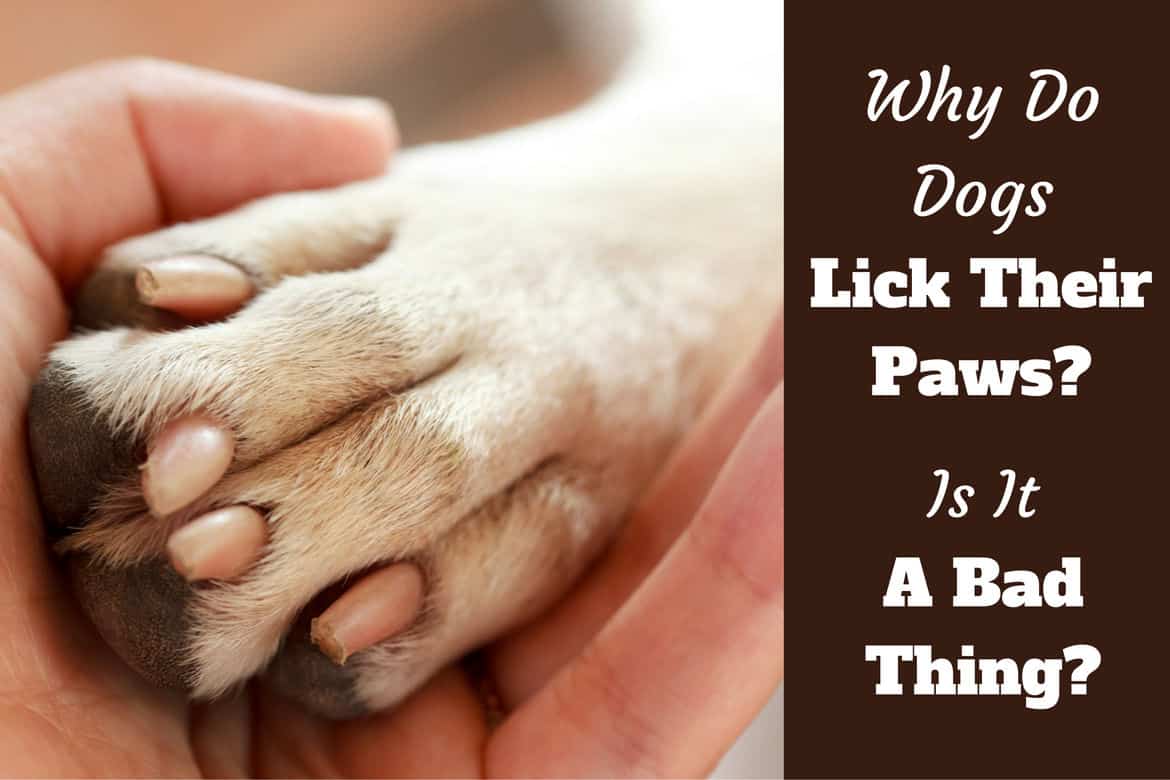Ever noticed your feline friend rhythmically pushing their paws into a soft blanket, your lap, or even another furry companion? This adorable behavior, often referred to as "kneading" or "making biscuits," is a common cat quirk that has captivated pet owners for generations. But what's the deal with this paw-sitive massage? Why do cats engage in this seemingly strange ritual?
Theories abound, and while we can't ask our furry overlords directly, we can delve into the fascinating world of feline behavior to unravel the mystery. From kittenhood comfort to scent marking and even primal instincts, the reasons behind cat kneading are as diverse as the cats themselves.
One prevailing theory links kneading back to a cat's earliest days. Kittens knead their mother's belly while nursing to stimulate milk flow. This behavior, ingrained from infancy, can carry over into adulthood, becoming a comforting and self-soothing habit.
Beyond the nursing connection, kneading may also be a way for cats to mark their territory. Cats have scent glands in their paws, and the rhythmic pressing releases these pheromones, essentially claiming ownership of their chosen kneading spot. This could explain why cats often knead on soft surfaces like blankets, pillows, or even their favorite human.
Another possibility is that kneading is a remnant of a wild ancestor's behavior. Wild cats often pat down tall grass or leaves to create a comfortable nesting spot. This instinctual behavior might explain why domestic cats knead on soft surfaces, mimicking the preparation of a cozy resting place.
Cats kneading their paws is an instinctive behavior linked to kittenhood, comfort, and potentially territorial marking. It's a mostly harmless behavior that shows contentment and relaxation. While excessive kneading can sometimes be painful, regular trimming of claws can mitigate this.
There are several interpretations of why cats knead. Some believe it’s a leftover instinct from kittenhood when they kneaded their mother’s belly to stimulate milk production. Others think it’s a way for cats to mark their territory, as they have scent glands in their paws. Still others suggest it's related to creating a comfortable sleeping spot, a behavior seen in wild cats.
Benefits of cat kneading for the cat include self-soothing, stress reduction, and a sense of comfort and security. For owners, it can be a sign of affection and a source of amusement. Imagine your cat gently pushing its paws into your lap – it's often a sign of contentment and a deep bond.
There are several benefits to cat kneading. For the cat, it's a calming and self-soothing activity. It can also be a sign of contentment and happiness. For the owner, it's a delightful and often endearing behavior to witness.
If your cat's kneading becomes excessive or painful, trim their claws regularly. Redirecting their kneading to a specific blanket or toy can also help protect your skin.
Advantages and Disadvantages of Cat Kneading
| Advantages | Disadvantages |
|---|---|
| Sign of affection and contentment | Can be painful if claws are sharp |
| Calming and self-soothing for the cat | Can damage furniture or clothing |
FAQ:
Why does my cat knead on me? It's a sign of affection and bonding.
Why does my cat purr while kneading? Purring often accompanies kneading as a sign of contentment.
Is cat kneading harmful? Usually not, but sharp claws can be painful. Trim them regularly.
Should I stop my cat from kneading? No, it's a natural behavior. Redirect if needed.
Why does my cat knead on blankets? It might be a comforting behavior or a way to mark territory.
Do all cats knead? Most cats knead, but some may do it less frequently than others.
What does it mean when my cat kneads and bites? This could be overstimulation or playful behavior.
Why does my cat drool while kneading? This can be a sign of extreme contentment and relaxation.
Tips and Tricks:
Keep your cat's claws trimmed to avoid painful kneading.
Provide a dedicated kneading blanket or toy for your cat.
Enjoy the moment and appreciate the affection your cat is showing you.
In conclusion, the reasons behind cat kneading are multifaceted, ranging from ingrained kittenhood behaviors to territorial instincts and the creation of comfortable resting spaces. While the exact motivation might remain a mystery, one thing is certain: cat kneading is a normal, generally harmless, and often endearing feline behavior. Understanding the potential reasons behind this paw-sitive massage can deepen the bond between you and your furry companion. So the next time your cat starts kneading on your lap, remember it’s a sign of comfort, contentment, and perhaps even a little bit of love. Enjoy the moment and cherish this unique feline quirk.
Why do cats climb up and sharpen their claws on household furniture - The Brass Coq
Why Do Cats Cross Their Paws Decoding Feline Behavior - The Brass Coq
Why Do Cats Lift Their Paws Up for Seemingly No Reason The Wildest - The Brass Coq
Why do cats knead with their paws - The Brass Coq
why do cats paddle their paws - The Brass Coq
Why Cats Like Fish A Deep Look At History Science - The Brass Coq
How do cat paws work - The Brass Coq
Why Do Cats Get The Zoomies in 2023 - The Brass Coq
Why Do Cats Tuck Their Paws - The Brass Coq
Why Do Cats Shake Their Paws - The Brass Coq
Do Dogs Lose Heat Through Their Paws - The Brass Coq
Why Do Dogs Lick And Bite Their Paws - The Brass Coq
Cats absolutely love tuna and scientists just figured out why - The Brass Coq
Why Do Cats Make Biscuits Here are 7 reasons - The Brass Coq
Why do cats purr - The Brass Coq













